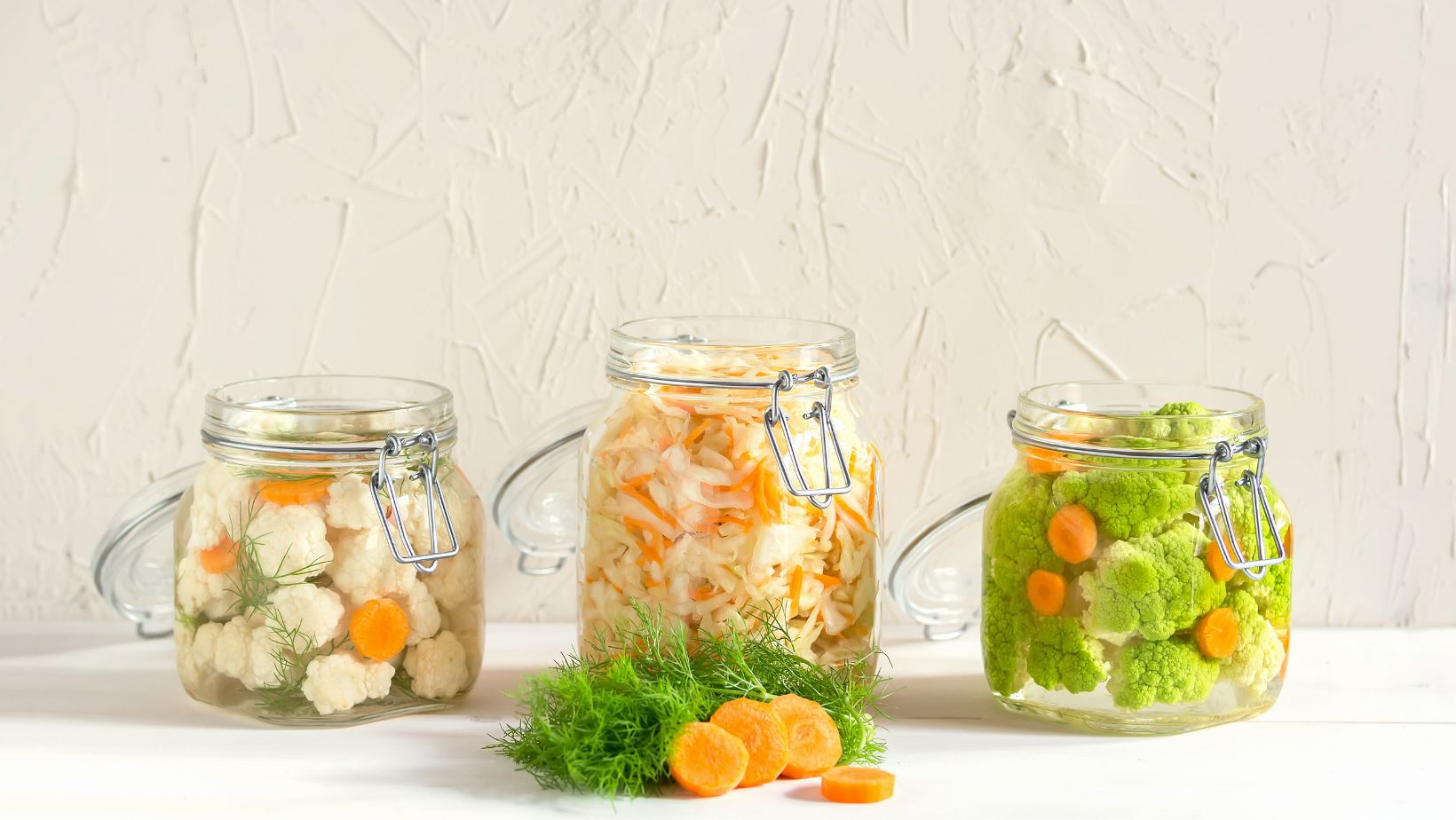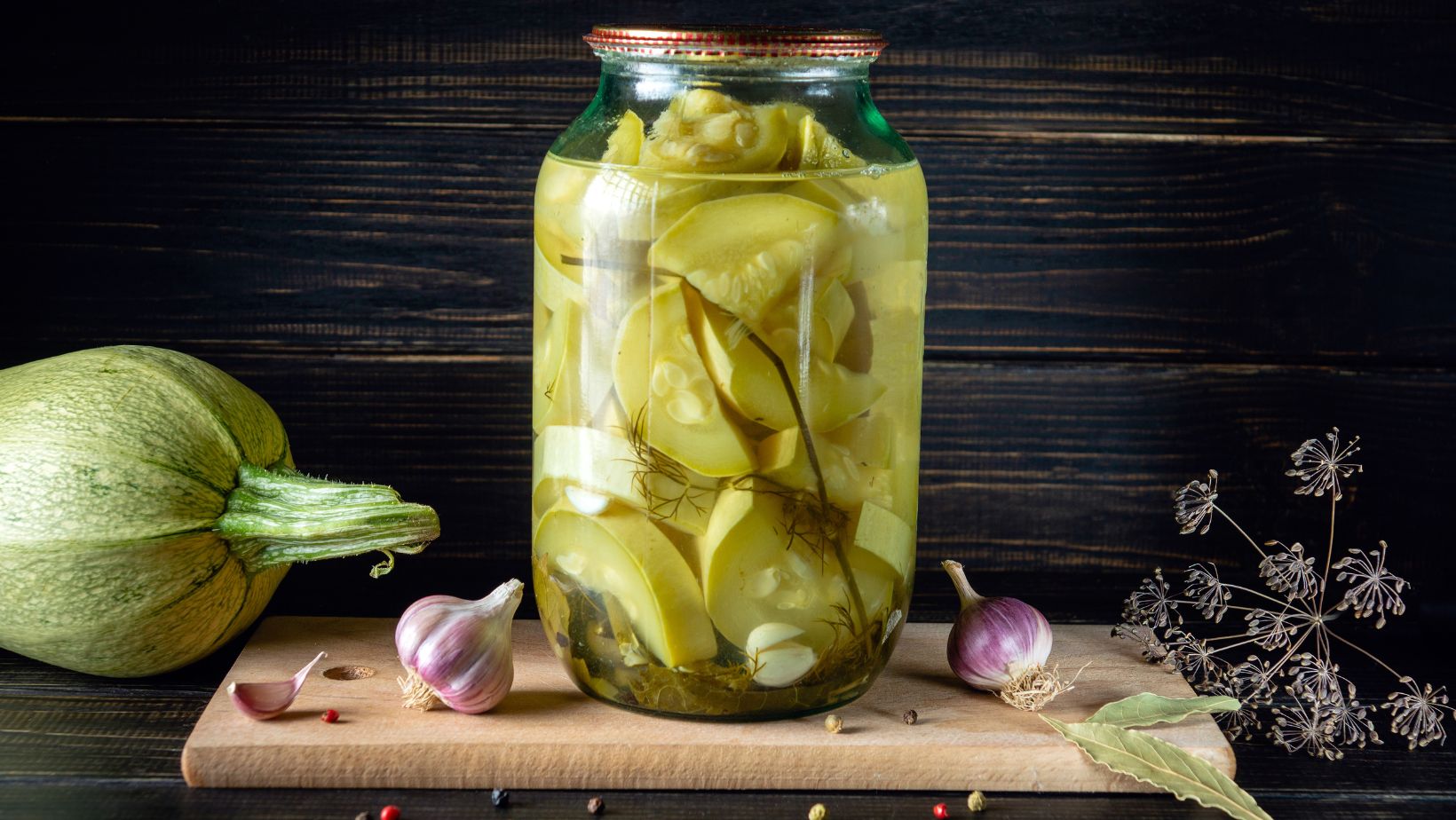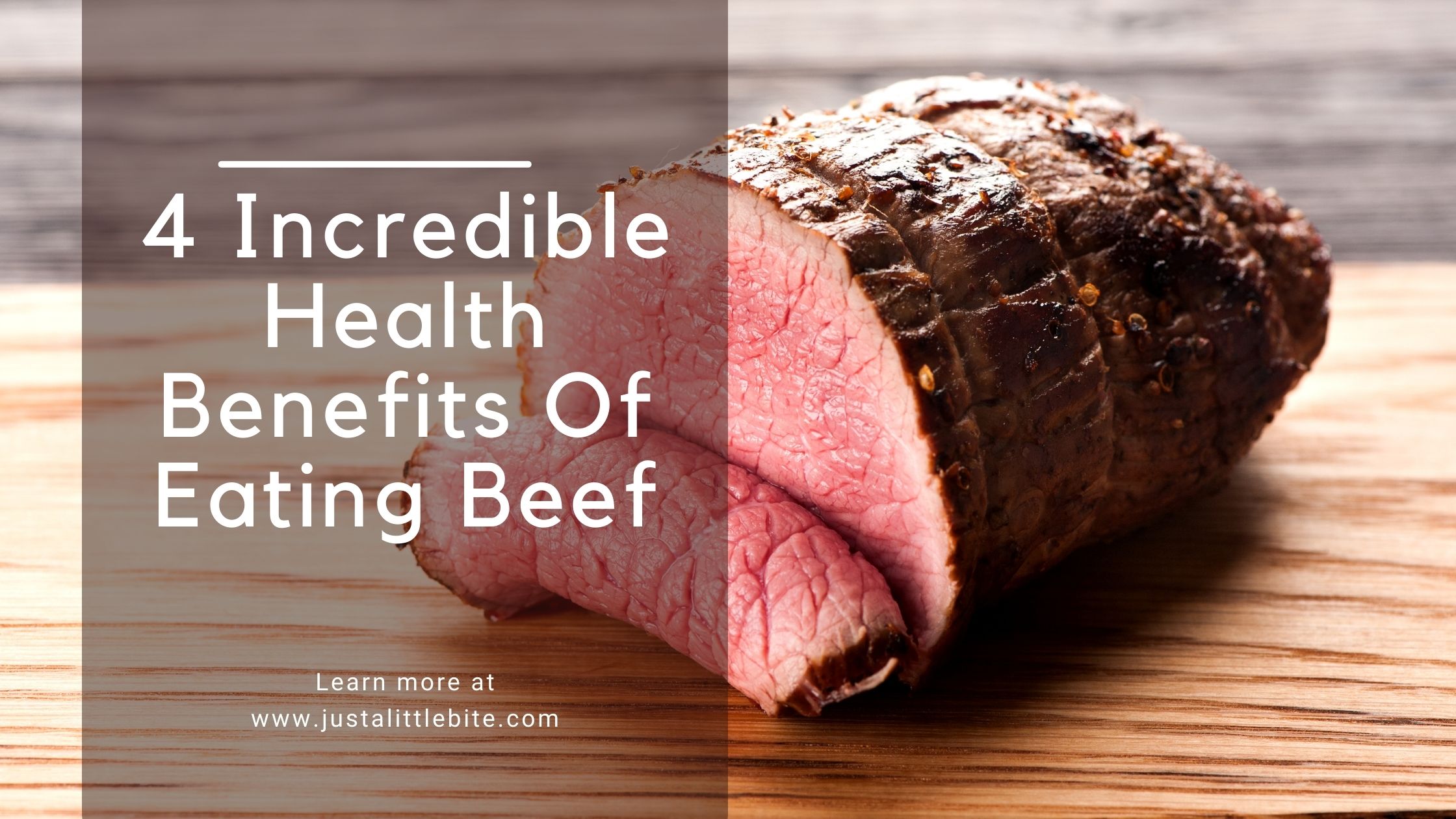Ancient Food Preservation Methods to Try at Home

Food preservation and storage can be challenging. However, modern equipment helps by prolonging the shelf life of fresh ingredients and keeping them fresh much longer. But do you know how food was preserved before refrigerators were invented?
Why Should You Learn About Traditional Food Preservation Methods?
Food preservation is a crucial skill to master if you want to become self-sufficient, especially if you want to live off the grid or are preparing for the SHTF. Your predecessors were known to preserve meats, vegetables, and fruits for months or even years before the invention of electricity.
Moreover, your predecessors were healthier because of the natural, unprocessed, more nutrient-dense, and more flavourful meals they ate. Whether you’re a homesteader, gardener, or just interested in food preservation, it is crucial to master traditional preservation techniques. That way, you can keep your ingredients fresh even when you don’t have access to power.
Here are some traditional, lesser-known food preservation techniques to try out this weekend – then sit back and relax, taking advantage of that Sloto Cash Bonus online – and “watch your food preserve.”
1. Cold Cellaring
Cold cellaring is likely the simplest method of food preservation after freezing. In fact, because it involves so little preparation, it’s even simpler than freezing. However, you must have access to a root cellar or, at the very least, a cool space in your home or garage to keep food cool and moist.
The best thing about cold cellaring is how little preparation is required beforehand. You can preserve uncooked pumpkins, potatoes, cabbage, and fruits like apples in a cold cellar. Carrots and beets perform best when kept in boxes of damp sand. Lastly, ferments like kimchi and sauerkraut and onions and garlic are preserved extraordinarily well in a cool basement.
2. Honey
Natural preservatives like honey were employed in the past to keep food fresh. Cover certain fruits and fresh vegetables in honey to try this method. It is acidic and has a low water content. Additionally, its antibacterial characteristics can stop the development of mold and microbes.
3. Dehydrating
Dehydration is another simple and fun way to preserve food, which is also one of the least complicated because it is virtually impossible to dehydrate incorrectly. The worst that can happen if the food isn’t dry enough is that it will develop mold, and you’ll have to throw it out.
You can dry your food in the sun (raisins and sun-dried tomatoes are excellent candidates) or use your home oven at the lowest temperature. Using a food dehydrator at home is another great method since it makes dehydrating remarkably simple. All you have to do is arrange your food, choose the temperature, and set the timer. The dehydrator will take care of the rest.
4. Pickling
Another way to preserve food is pickling, which involves soaking food in a solution of vinegar, salt, and spices. Pickled food undergoes a fermentation process that preserves the food’s texture while producing delicious flavors. The food’s flavor and color change and the acidity rises. An even distribution of acid is crucial to preventing the formation of harmful bacteria in the food.
5. Canning
Canning is undoubtedly among the healthier preservation methods. This process requires heat, a saucepan with water or a pressure cooker, sterilized jars, lids, and rings. Pressure canning and water baths are the two fundamental canning techniques.
Since the mix of water, air, and microorganisms, including bacteria, molds, and enzymes, creates the perfect environment for fresh food to degrade quickly, ripe, fresh produce should be canned as soon as possible.
It’s also crucial to sterilize your lids and jars, maintain the correct temperature, and create an airtight seal. That will keep the food from going bad; the vacuum will keep the air and liquids in and dangerous bacteria out.
6. Fermentation
Many people are initially intimidated by fermentation. Most don’t understand how fermentation works, are concerned about germs growing on fermented foods, and are unsure of the distinction between fermentation and food just going bad. However, rotting food is not the same as fermentation.
Fermentation forms lactic acid. The latter is a preservative used to produce and preserve foods and drinks, from beer and wine to yogurt and pickles, sauerkraut, kimchi, and kefir. Interestingly, the fermentation process has been used for at least 10,000 years. Additionally, fermented foods are a terrific source of healthy probiotics that boost immunity, healthy gut flora, and overall health.
The only tools you need for fermenting are glass jars, some cheesecloth, and a weight to help keep foods submerged in the liquid. A little jelly jar, a clean rock, or glass weights manufactured for fermentation can be used as the weight.
7. Salting
Salting is the last traditional food preservation technique on this list. It is mostly used to preserve fish and meats. It is also popularly known as salt curing. Salt curing slows or stops the formation of food-borne diseases by removing moisture from food. When you use the salt curing process, you can store your food for months because harmful fungi, microbes, and other pathogens are inactive.
Conclusion
The majority of food today is commercially processed and preserved. If you want to preserve your own food for your sake and that of your family, consider trying out any of these seven methods.





